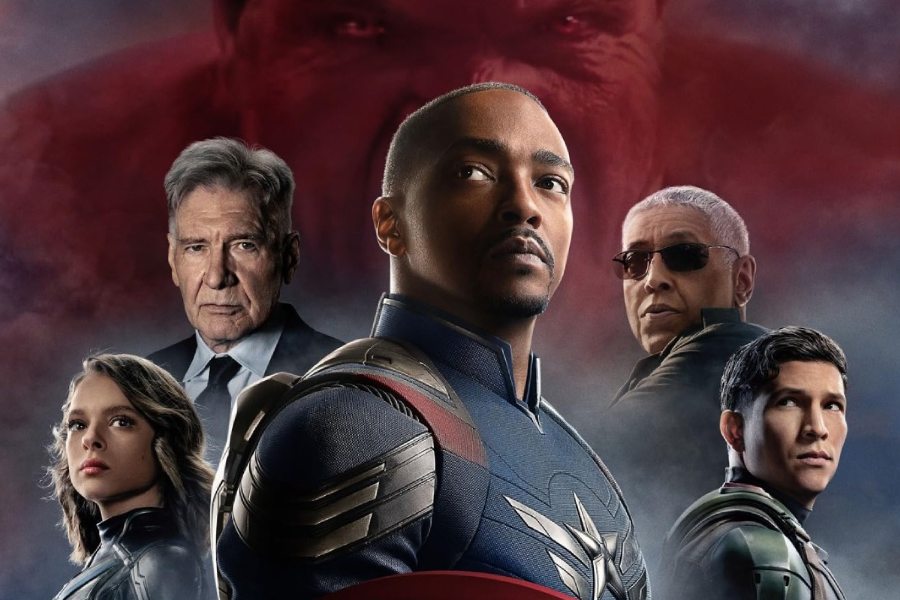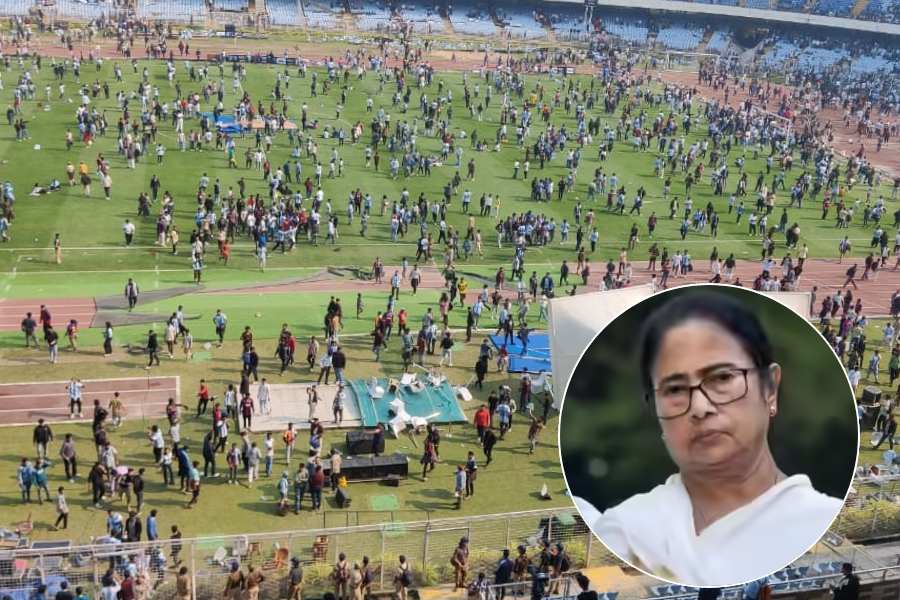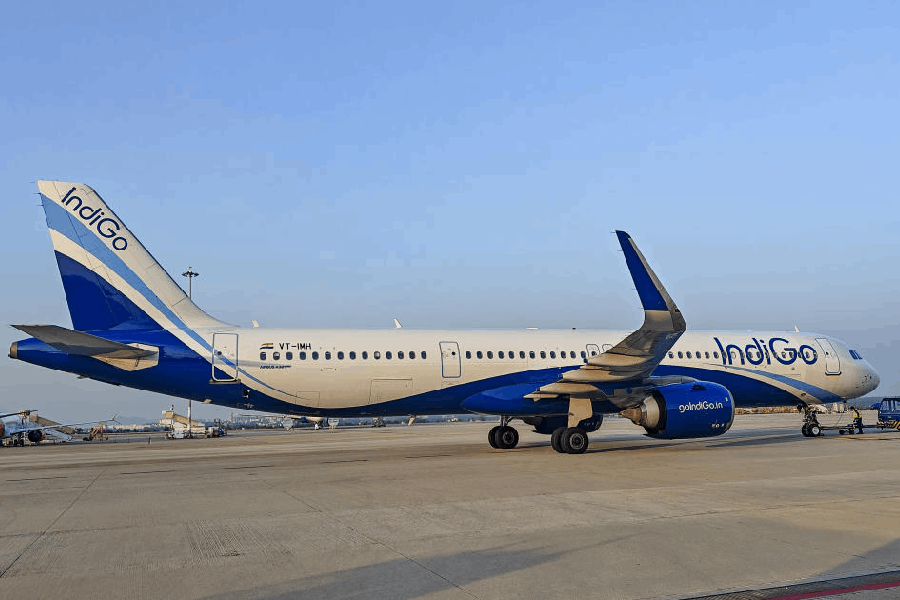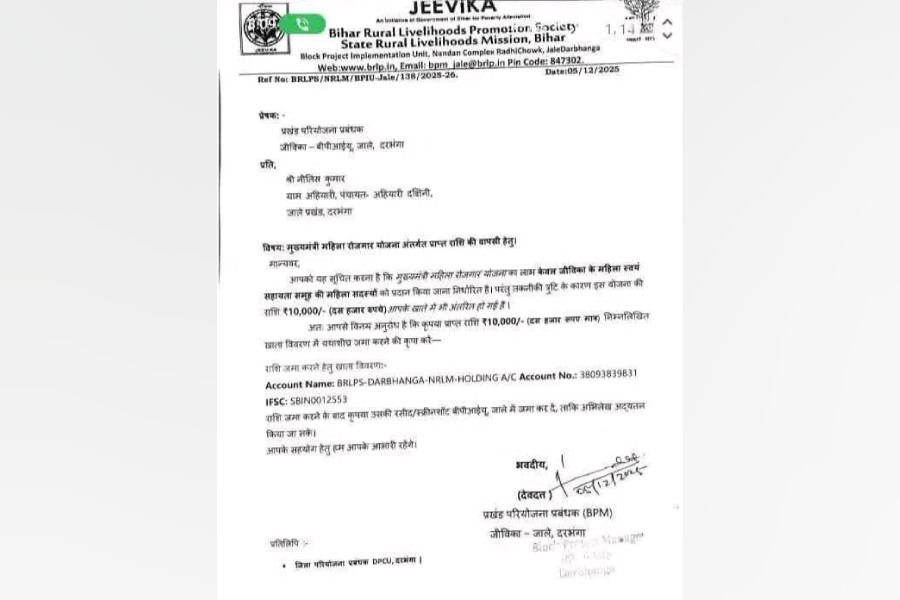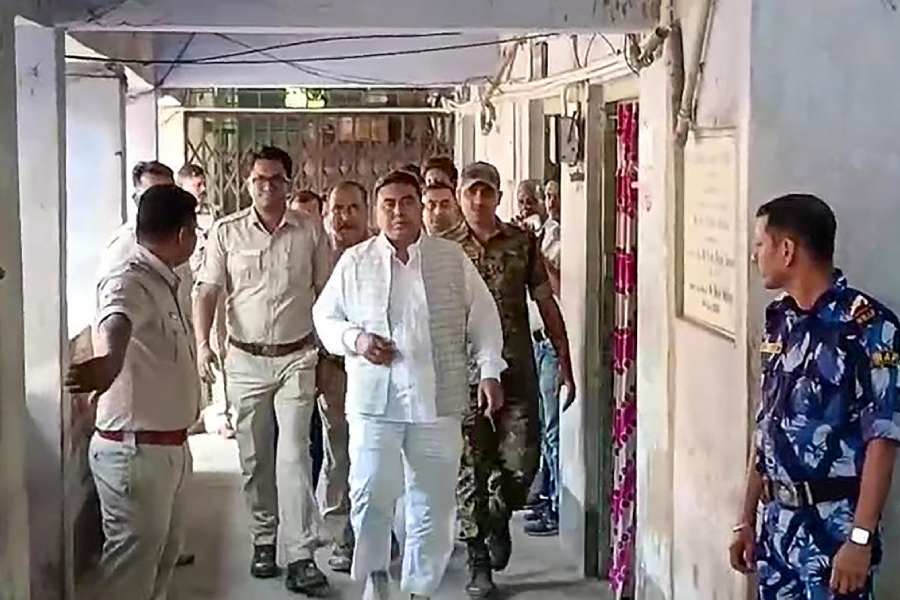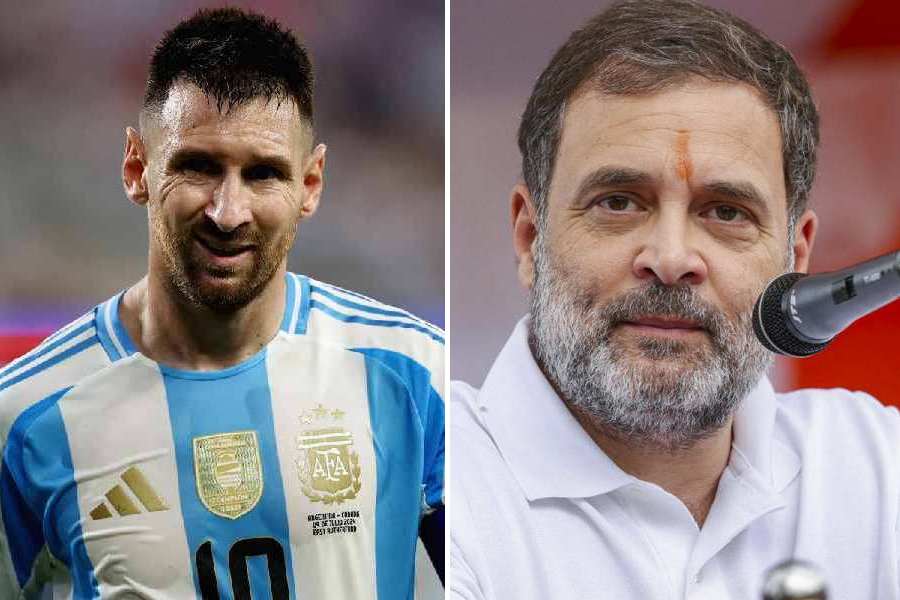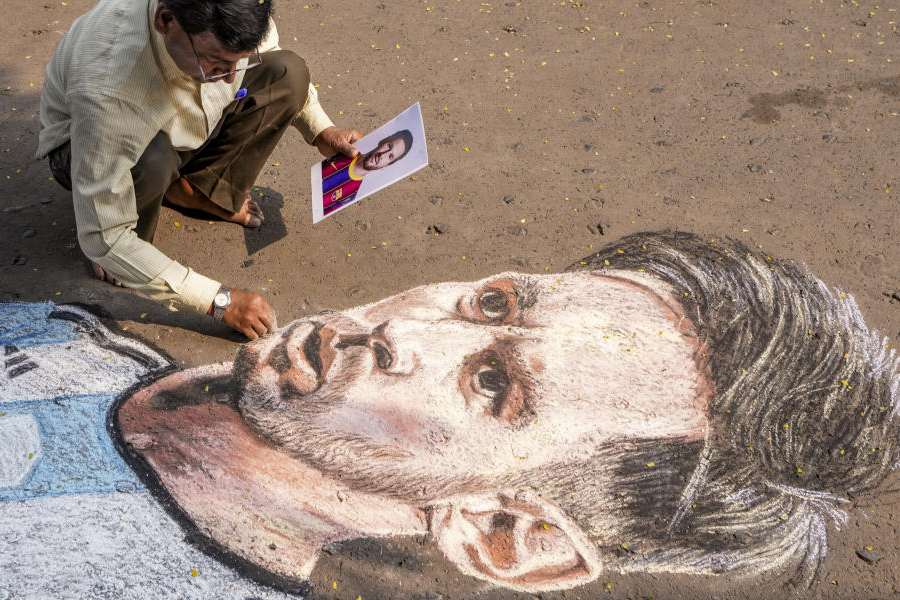Captain America: Brave New World is not just about Sam Wilson (Anthony Mackie) officially stepping into Steve Rogers’ blue-and-red suit, it’s also about proving that the Captain America mantle can thrive in a post-Avengers: Endgame world. And with Harrison Ford joining the mix as President Thaddeus ‘Thunderbolt’ Ross, the result is a film that lands some solid punches but doesn’t quite hit the bullseye.
This movie serves as a continuation of the 2021 web series The Falcon and the Winter Soldier. Set some time after the events in the Disney+ series, Brave New World follows Sam Wilson as he struggles with his new identity. The world isn’t unanimously on board with a Captain America who isn’t a super-soldier and Sam himself is still figuring out what kind of Captain he wants to be. He has the new Falcon, Joaquin Torres (Danny Ramirez), to help him.
When adamantium is discovered in the remains of a Celestial from Eternals (2021), a geopolitical crisis erupts, with power centres across the world trying to grab it. US president Ross wants stability, while Sam Wilson just wants to do the right thing (if he can figure out what that is).
No Marvel movie is complete without a villain, and Brave New World brings back Tim Blake Nelson’s Samuel Sterns (aka The Leader), a character we haven’t seen since The Incredible Hulk (2008). Sterns is a serious threat, someone who could outthink and outmanoeuver Sam rather than just punch him into submission. But instead of being a cerebral mastermind, Sterns comes off as a regular MCU bad guy, delivering monologues and causing chaos without much reason.
Anthony Mackie steps up in a way that feels both natural and earned. His Sam Wilson isn’t trying to be Steve Rogers, and Brave New World drives home the message. There’s a moment where Ross, exasperated, almost blurts out, “You’re not Steve”. That line is a reminder of the weight Sam carries — not just in the story but in the larger Marvel Cinematic Universe.
Sam is a Captain America who has to prove himself to the world and also to a fandom that is still attached to Chris Evans’ portrayal. Mackie plays it with a mix of quiet frustration and unwavering determination, and it works. Brave New World does a solid job of distinguishing Sam’s fighting style from Steve’s. He’s a tactician who relies on agility, flight and creative shield work to outsmart his enemies.
Harrison Ford, meanwhile, is exactly what you’d expect: gruff, commanding and effortlessly fitting into MCU. His version of Ross is a political heavyweight, a man who has spent decades making tough calls, but his motivations are dubious. That’s part of what makes his eventual transformation into Red Hulk feel… off. The movie builds up Ross as a strategist, a guy who operates behind the scenes, and then suddenly, he’s smashing things.
And then there’s the (lack of) humour. Marvel films have a reputation for undercutting dramatic moments with jokes but Brave New World actually dials it down. Some of the banter between Sam and Joaquin Torres works but overall, the film feels too serious, like it’s afraid to inject any levity.
That brings us to the final issue with Brave New World — the CGI. Marvel’s visual effects have been hit-or-miss in recent years, and Brave New World isn’t immune to the problem. Some of the action sequences, particularly those featuring Sam’s flight-based combat, look great but many others look like they are straight out of a PlayStation 4 game.

